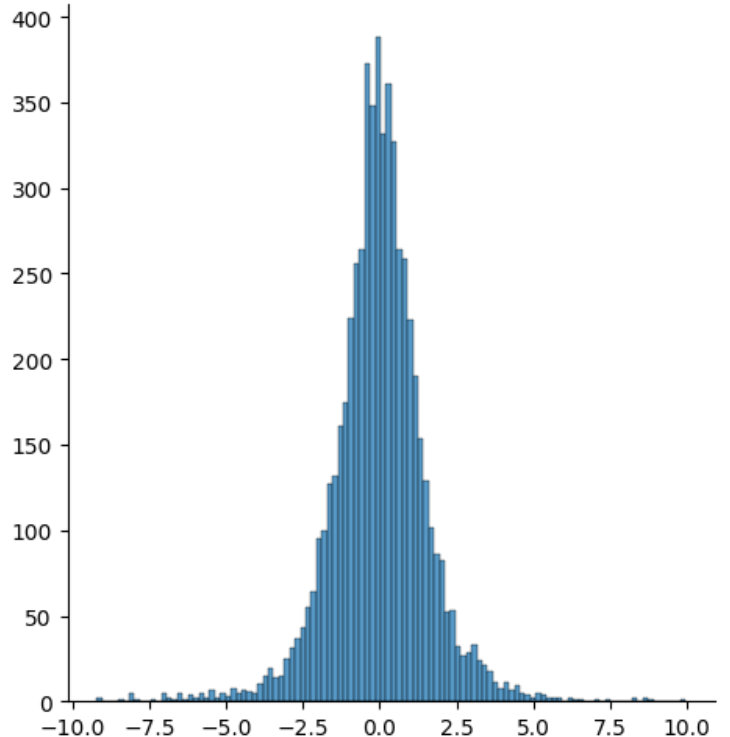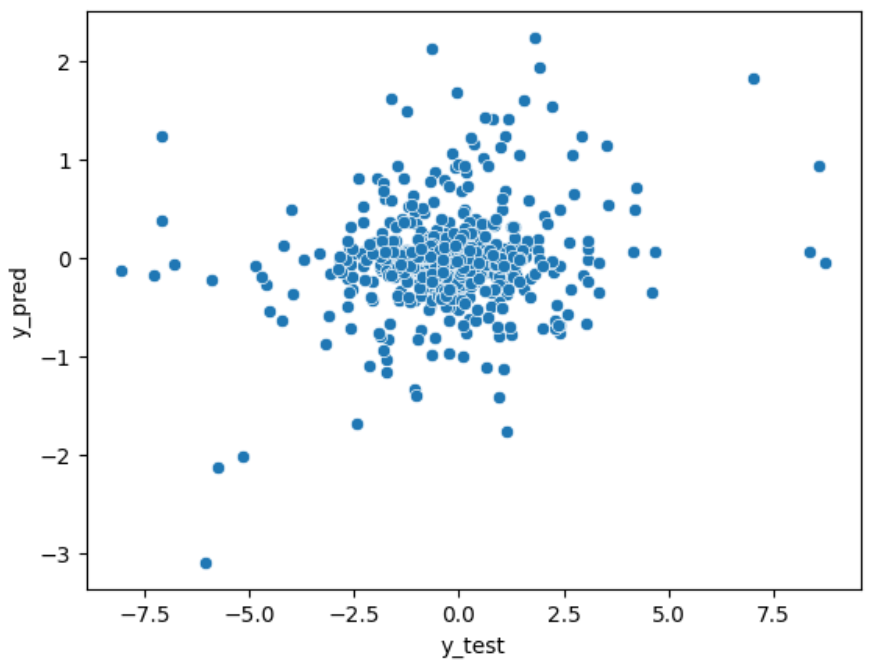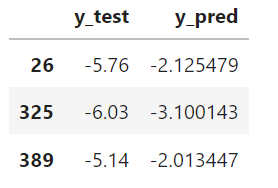This is a tutorial for $\color{#1DADFF}Machine \space Leraning$ algorithms
$\color{red}Hello \space \color{lightblue}and \space \color{orange}Wellcome$
$\color{red}WARNING$ : DO NOT USE THESE IN REAL MARKET
In this Package we try input data from stock markets and evaluate some of the machine learnings models
(for Now and later maybe we add other options )
Using this Package is too easy:
- Befor use you should know--> how can read and input data
In this Learnings we study some models of supervised learning
- Classification
- Regression
we study this models in Classification
- TensorFlow
- Random Forest
- Ada Boost
- K-Nearest Neighbors
- Decision Trees
- Support Vector Machines
And we study this models in Regression
- TensorFlow
- Support Vector Regression
- Decision Tree Regression
- ridge Regression
and in here I put some codes to show how its work:
Now --> The first step is -> Read the data
We have already made this function
Read More: Stock Markets
Example:
from ReadData import MetaTrader
df_raw=my_obj.df_type1_raw
df_raw.tail()Example for Classification: it's time to make y_values
at this part we create the y values
we calculate stop loss in each candles close price based on low26/high26
<low26: for buy signals & high26: for sell signals>
and we set take profit at least twice (means TP>=2*SL)
Then we give time to the program: in this section time is equal to 24 candles
Means: this model must take profit before reaching the stop loss in maximum 24 candles
So
- if it is profitable in sell means our signal should be 'Sell'
- if it is profitable in buy means our signal should be 'Buy'
- if the model does not take profit in any of them before reaching the stop loss --> our signal is 'Nothing' in that candles close time
we show:
- buy signals by->1
- sell signals by->2
- and Do Nothings by->0
lets go
def create_y(dataframe):
"""
Please pass your raw dataframe
"""
df=dataframe.copy()
#create an empty y values
y=pd.DataFrame(np.nan,index=np.arange(len(df)),columns=["y_true"])
# in this part from time the only thing that matters to us is the hour
df['time'] = df['time'].apply(lambda num: num.hour)
for pos in np.arange(0, len(df)):
close_price = df.loc[pos, 'close']
# calculate distance of stop loss and create tp points
sl_buy = close_price-df.loc[pos, 'Low26']
sl_sell = df.loc[pos, 'High26']- close_price
tp_buy = sl_buy * 2.1
tp_sell = sl_sell * 2.1
signal = 0 # default signal is Zero (do nothing)
# we don't trade after 11 p.m until 4 a.m menas in this hour signals should be Zero
if (df.loc[pos, 'time'] < 23) and (df.loc[pos, 'time'] > 4):
for last in np.arange(1, 25):# This is the part where we give maximum time to the model: 24 candles
if (pos + last) < len(df):
high_last = df.loc[pos + last, 'High26'] - close_price
low_last = close_price- df.loc[pos + last, 'Low26']
low_now = close_price- df.loc[pos + last, 'low']
high_now = df.loc[pos + last, 'high'] - close_price
if (low_last <= sl_buy) and (high_now > tp_buy):
signal = 1
break
elif (high_last <= sl_sell) and (low_now > tp_sell):
signal = 2
break
y.loc[pos] = signal
return yy=create_y(df_raw)from Learnings import ClassificationsAfter we create y we pass normalized dataframe to models
So we have normalized df:
df = my_obj.df_type1_changed
y = pd.to_numeric(y['y_true'], downcast='integer')
Class_obj = Classifications(df,y)Let's check the models:
model = Class_obj.tensorflow()
Class_obj.evaluates.plot_confusion_matrix()model = Class_obj.random_forest()
Class_obj.evaluates.plot_confusion_matrix()As you can see we have one new row in evaluation!
Yes that is So What is it ?
As you know
- when our model predict 0 mean no signal --> We don't lose money AND We don't earn money
- when our model predict 1 or 2 --> We have Buy/Sell signal
- if we loss --> we lose money by stop loss (SL)
- if we won --> we earn money by take profit (TP>2*SL)
So --> How Calculate final Score ?
- 0-> No Signal -> No Point
- 1/2 (Buy/Sell) if it was True --> We GET 2 Point (2*SL)
- 1/2 (Buy/Sell) if it was False --> We LOSE 1 point (SL)
- Final Score= True Signals*2 - False Signal
Now let's see an example for Regression:
after reading data we should make y_values
in this part we create the y values
our y values in this case is The closing price of the next candle
and for best selection we use distance of next close price vs current close price
this_close - next_close --> So
- if distance is positive means next candle is lower than this candle As long as the distance
- if distance is negative means next candle is upper than this candle As long as the distance
lets go
def create_y(dataframe):
"""
Please pass your raw dataframe
"""
df=dataframe.copy()
y = df.apply(lambda row: df["close"][row.name]-df["close"][row.name+1]
if row.name<(len(df)-1) else np.nan,axis=1)
return ynow we can visulize data
after cleaning and organizing dataframe we plot again:
Let's check some models:
from Learnings import Regression
model = Class_obj.tensorflow()
Class_obj.evaluates.mean_errors()Class_obj.evaluates.plot_df_y()and we can see Some or All predicts:
df_y[df_y['y_pred']<=-2]












